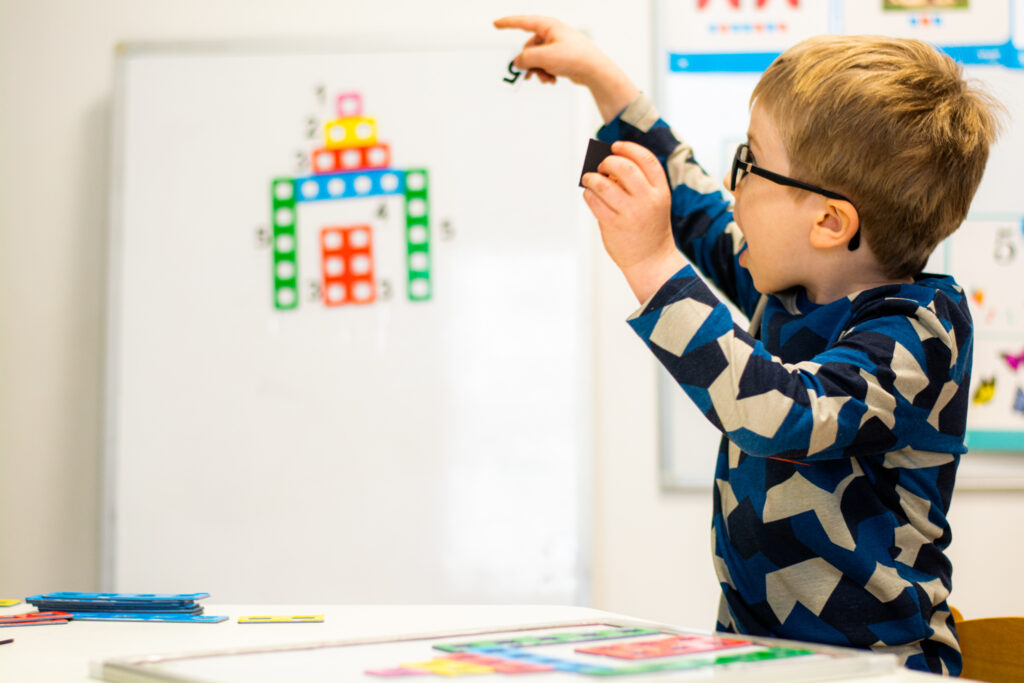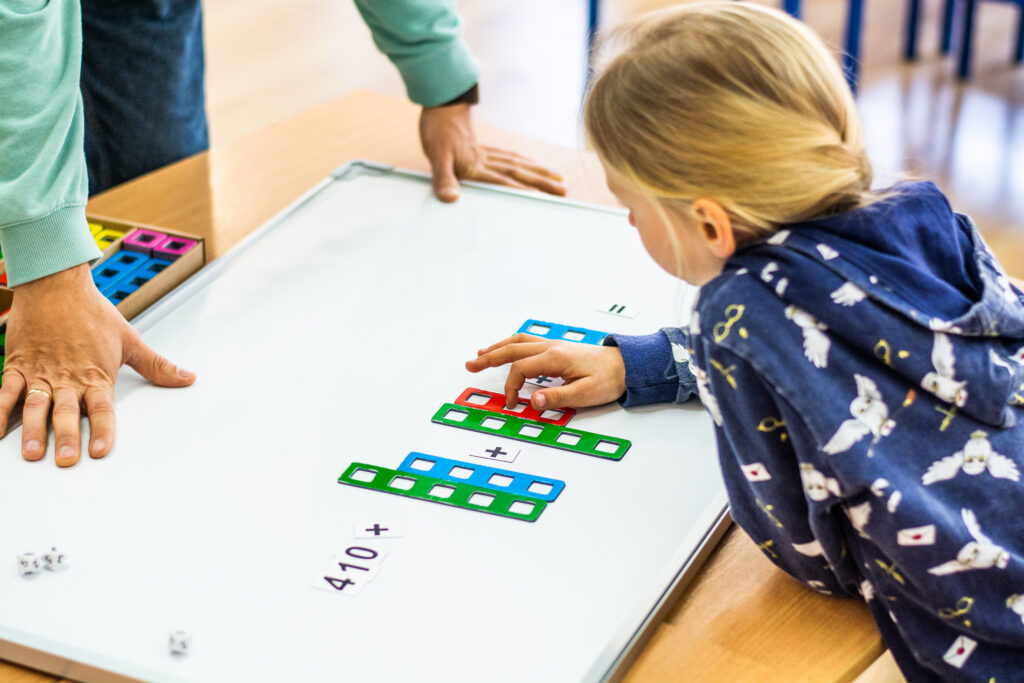



Choosing the right teaching aids for children should be a conscious decision. Especially in the early stages of education, where a young person’s view of the world is just beginning to take shape. Even in the first few years of life, we should help the child to develop through play. Today’s market offers many teaching aids. What requirements should they meet to really support a child’s mind? Which teaching aids should you choose and why?

It depends, of course, on the point from which we are looking. For adults, of course, the most important aspect is the practical one. We want the aids that our pupils use to teach and develop cognitive functions. However, we must remember that the objects must be attractive to children. It is therefore important to use creative teaching aids that are colorful and have many different uses. Their use should be easy and intuitive for children. At the same time, they should arouse curiosity and interest. Sensory teaching aids are the most valuable in terms of development, i.e. teaching aids which allow children to experience phenomena through their senses. It is also good if they are compatible with other games or activities which the child is already familiar with.
The initial stages of learning mathematics do not necessarily consist, contrary to popular belief, of learning numbers or listing numerals in order. Indeed, mathematical skills consist of areas such as:
The first contact with mathematics, therefore, is any construction that the child makes or reproduces himself. Colorful building blocks of various types and shapes are used for this. Building blocks are a fairly universal toy that can be used by all children. It is easy to develop mathematical skills on them, for example by simply counting them. However, it is good for them to have additional educational value. It is worth getting blocks with holes, such as Nemi blocks, which will additionally help to naturally enter the world of mathematics. Children can use them to build a variety of flat shapes and carry out complex arithmetic calculations. Math games are also extremely developmental. Including board games, where a small dose of competition is also included. Children love them because they get a lot of excitement out of them, and during one game we can smuggle in even dozens of different mathematical operations!

Finding teaching aids for children that at the same time facilitate the work of their caregivers is quite a challenge. However, there are many tools that can be successfully used during group activities in kindergarten or school. Which teaching aids should I choose? First of all, universal ones. The biggest problems in education are large groups and varying levels among pupils. Therefore, teaching aids for teachers and pupils must be designed to be suitable for any child, including those with dysfunctions. They must have a broad didactic use, but also arouse interest in children. The following are therefore worth considering: colorful blocks, numbered boxes, punch blocks, magnetic blocks and cards (for working on the blackboard), counters of all kinds.